Egyptian Mythology
-
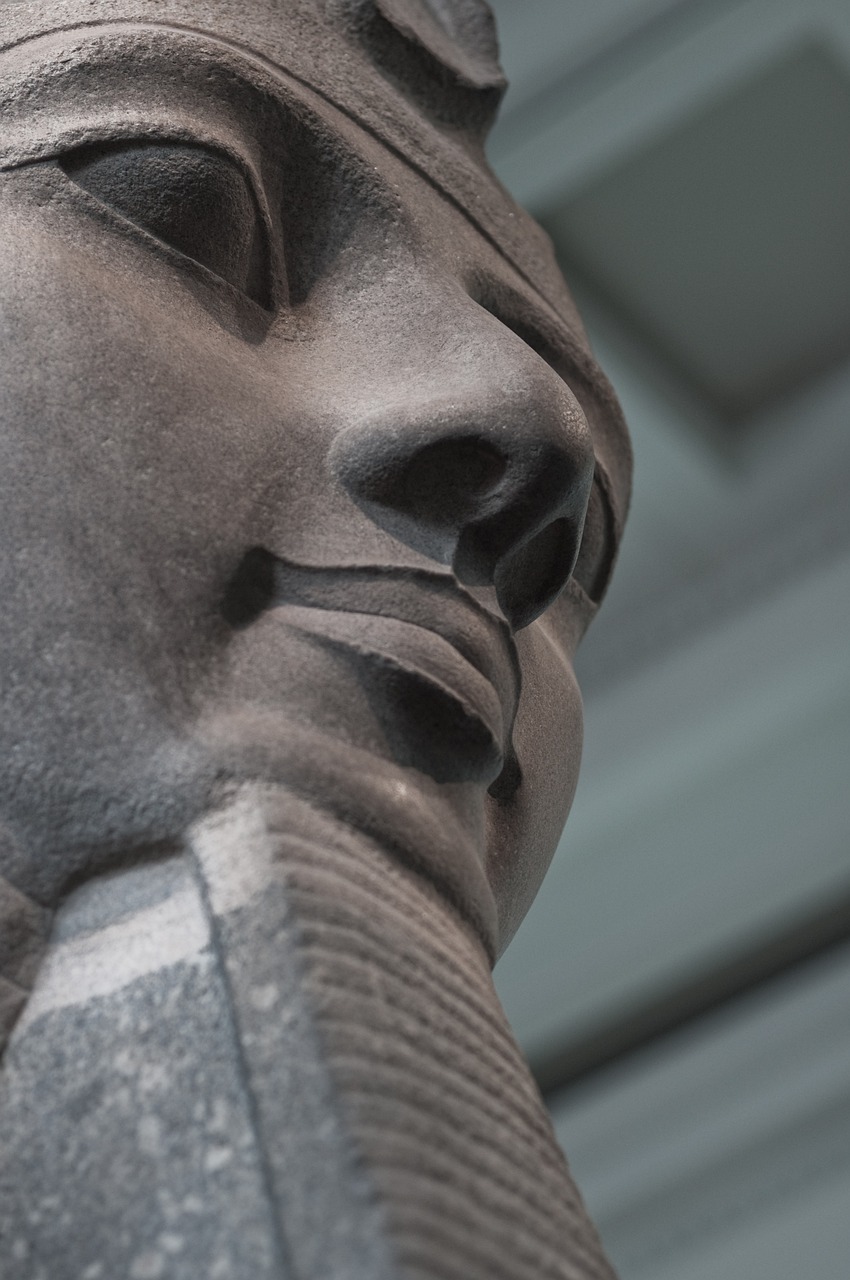
Horus: Discovering the Legacy of the Egyptian Falcon Deity The mythological landscape of ancient Egypt is intricate and vibrant, populated with numerous deities and significant symbolism. Among these, Horus, the god with a falcon’s head, stands out as one of the most powerful and respected. This article explores the mythology surrounding Horus, focusing on his…
-
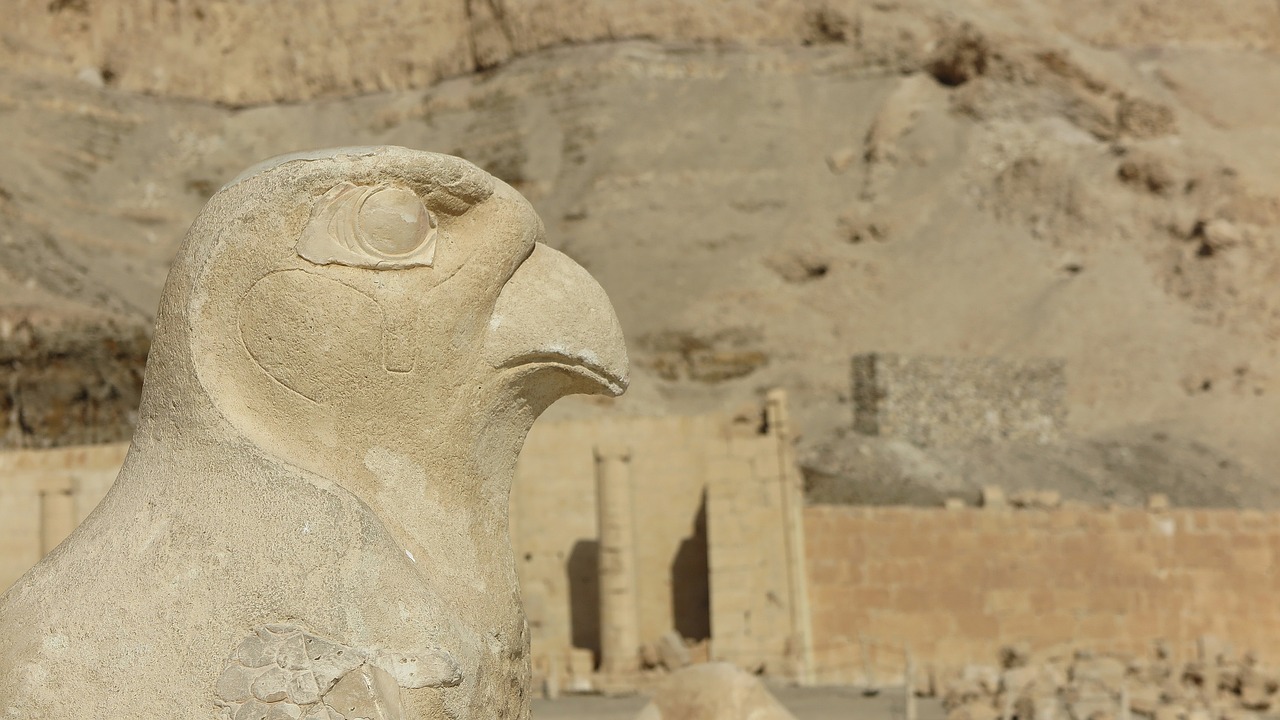
Horus, the falcon deity, is integral to Egyptian mythology, often recognized as the aide to Ra and the embodiment of the Pharaoh’s authority throughout Egypt’s extensive history. After avenging the demise of his father, Osiris, Horus secured his position as the ruler of Egypt, establishing himself as one of the foremost deities in the Egyptian…
-

The Bennu: A Celestial Symbol of Creation and Rebirth Overview The Bennu, a significant figure in Egyptian mythology, represents a unique self-generated entity believed to have played a pivotal role in the cosmos’s inception. Identified as the ba of Ra, the Bennu is credited with endowing Atum with the creative impetus. Its journey over the…
-

In ancient Egypt, the goddess Heqet was a powerful emblem of fertility and childbirth. Her reverence transcended generations from the Old Kingdom through to the Ptolemaic era, underscoring her significant influence over fertility, agriculture, and funerary customs. She was particularly beloved among women who sought her protective blessings during pregnancy. Unraveling Heqet’s Mysterious Beginnings The…
-
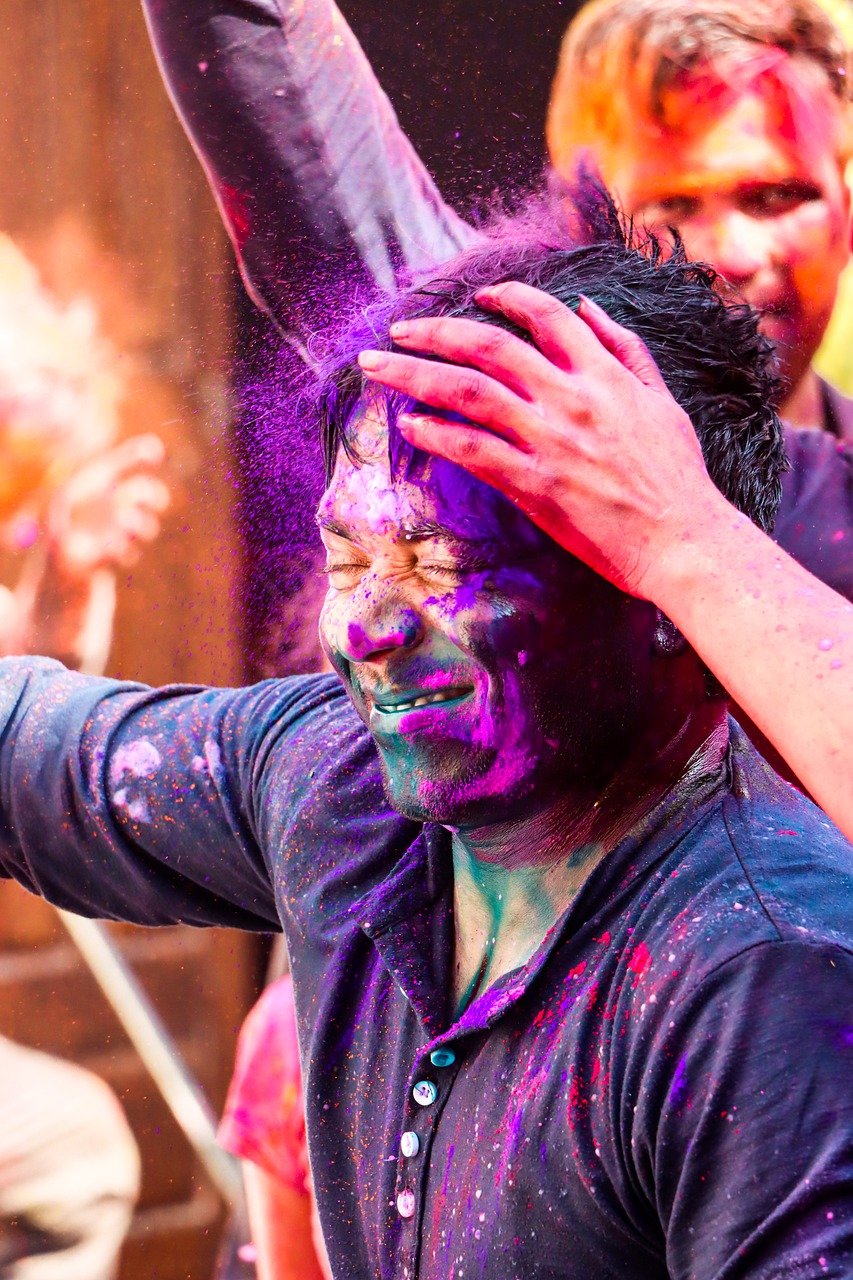
Hapi, also known as Hep or Hap, was a revered deity associated with water and fertility in Ancient Egypt. His name is believed to derive from the predynastic word for the Nile, which, during the Dynastic period, was referred to as “iterw,” translating to “the river.” This name change mirrored the evolution of the word…
-
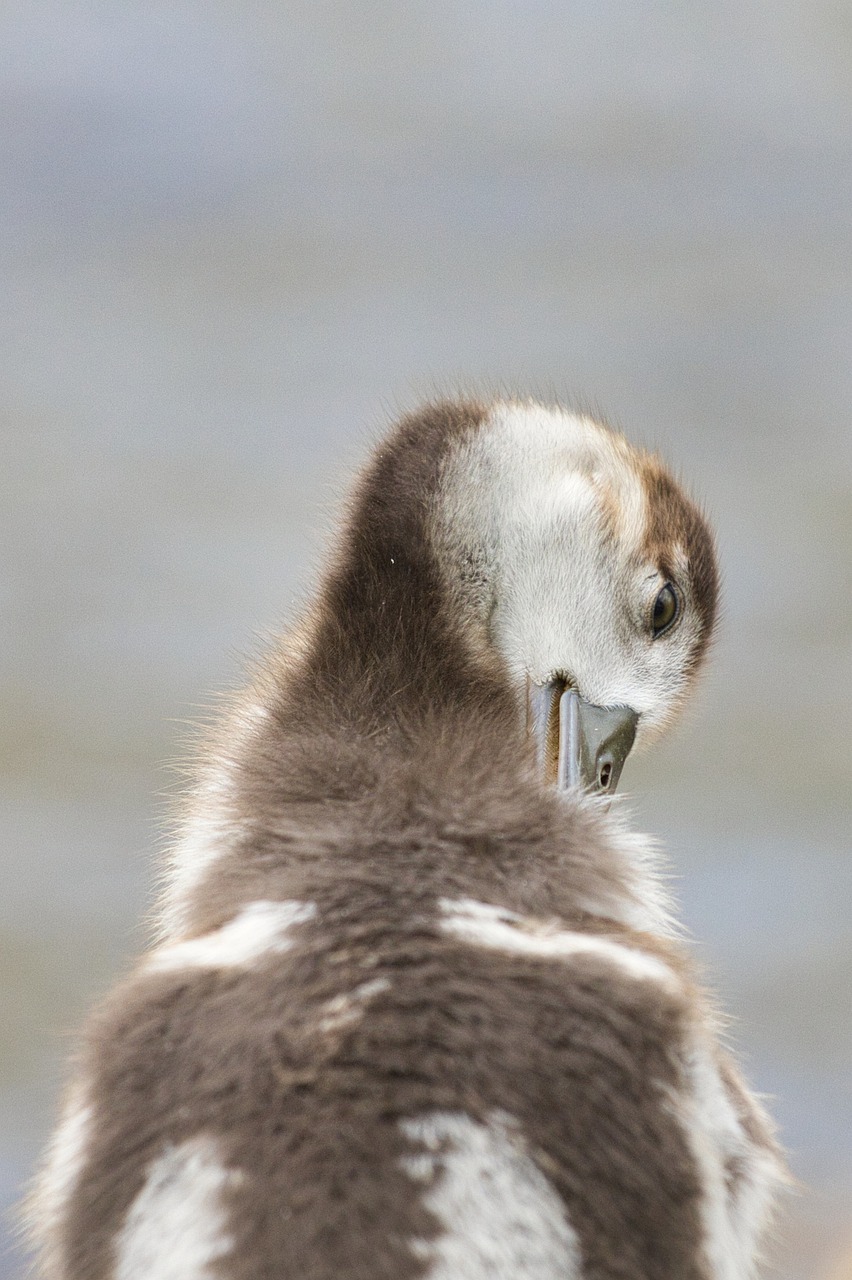
Ancient Egyptian religion represents the deep-rooted indigenous beliefs of ancient Egypt, tracing back from predynastic eras (4th millennium BCE) to the eventual eclipse of traditional practices in the early centuries CE. It intertwines historical context with the evolution of society, having profound implications for culture and daily life in the historical phase starting around 3000…
-
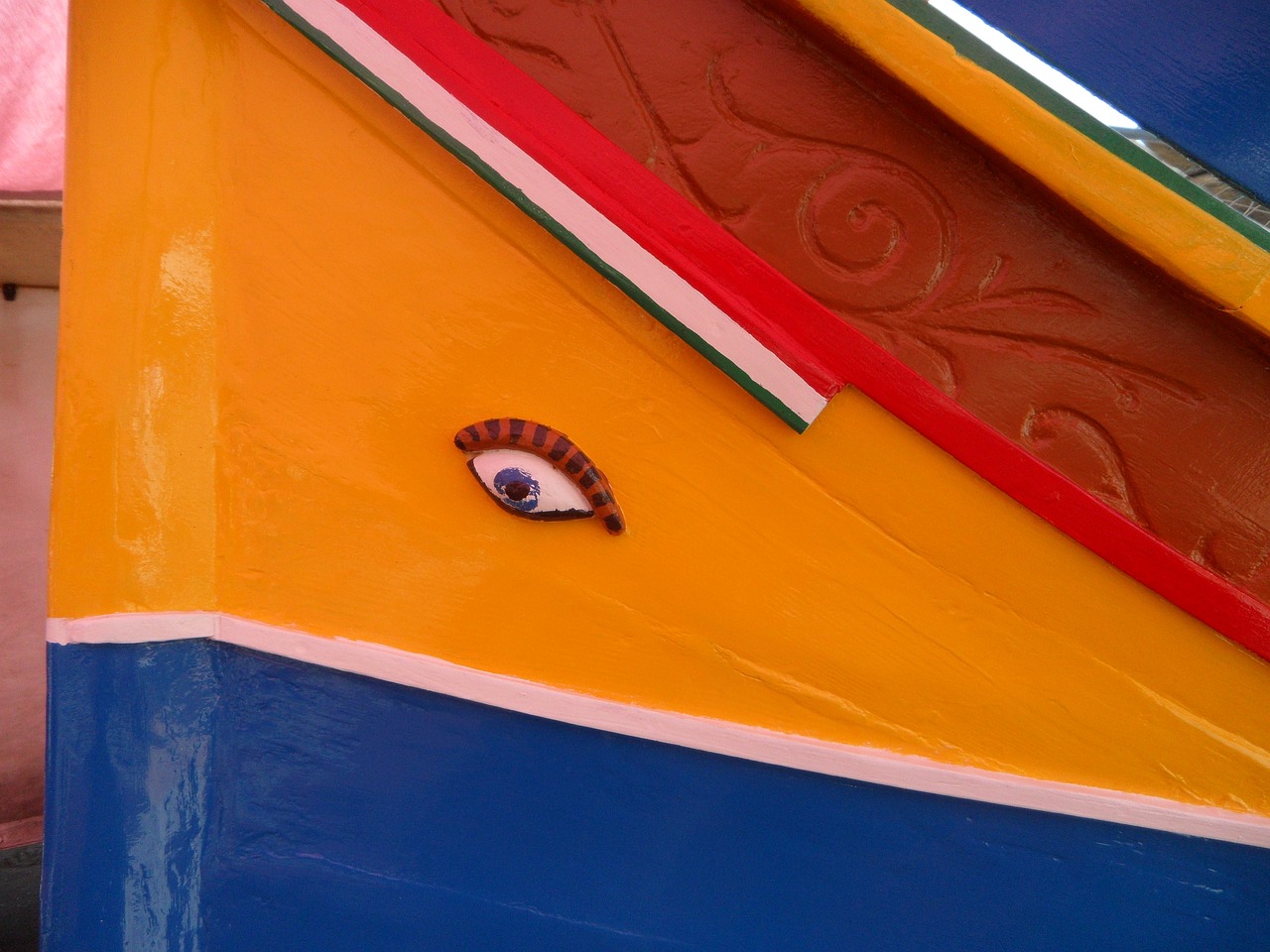
The most elaborate rendition of the Osiris myth finds its roots in the works of the Greek historian Plutarch, who lived from 46 to around 120 CE. Although his recounting is more contemporary, it harmonizes with much of the earlier evidence available. Osiris is celebrated as Egypt’s inaugural king, born to Geb, the earth god,…
-
Taweret is a fascinating deity in ancient Egyptian mythology, depicted as having the body of a hippopotamus, lion’s legs, and a crocodile’s face. This striking combination gives her an intriguing appearance that blurs the line between fearsome and maternal, embodying qualities that make her seem like the ultimate cosmic companion. Her round, approachable form might…
-

Shu: The Egyptian God of Wind and Air Shu, revered as the deity of air and the atmosphere, is a significant figure in ancient Egyptian mythology. Often recognized as the supporter of the sky, Shu emerges from the creation story involving Atum, the sun god, who expelled the elements of moisture and air, resulting in…
-
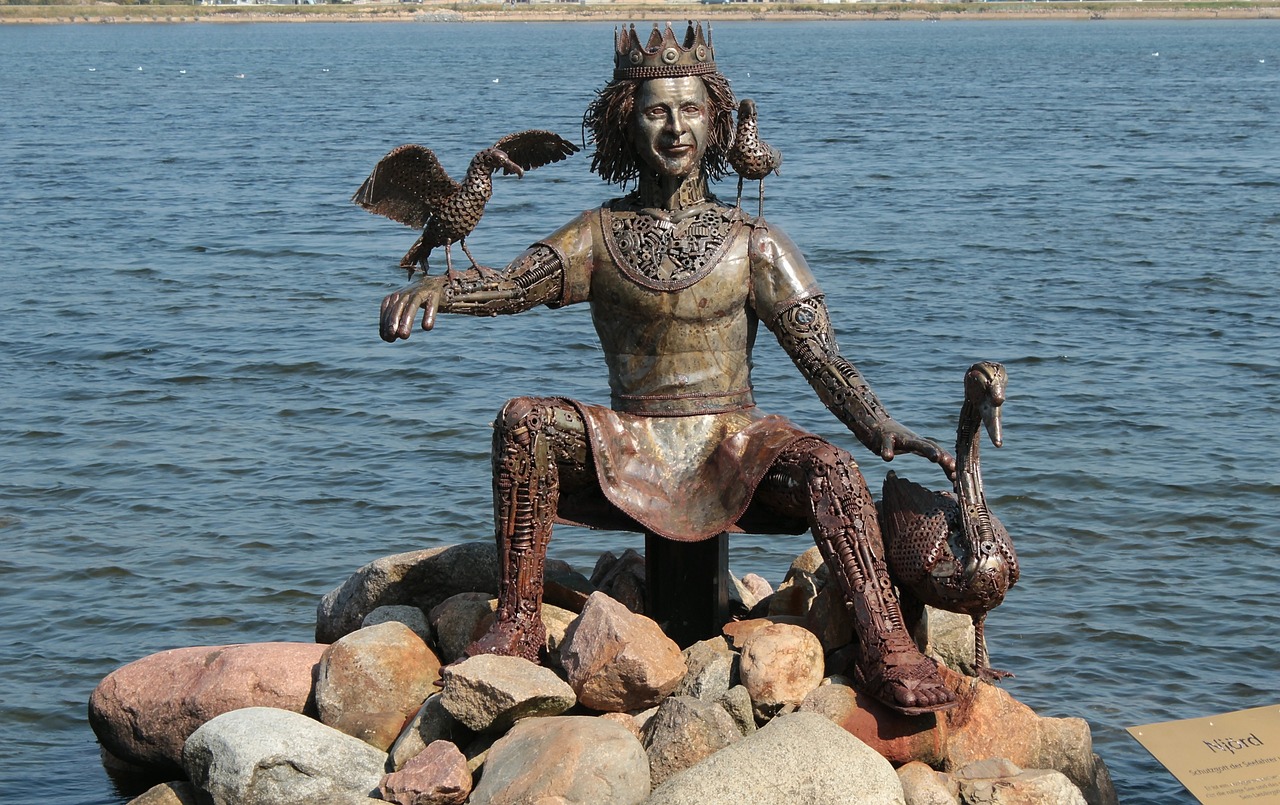
The Multifaceted Nature of Horus in Ancient Egyptian Mythology Horus, an esteemed sky god in ancient Egyptian mythology, primarily represents two gods: Horus the Elder, the last of the original five deities, and Horus the Younger, the offspring of Osiris and Isis. As historian Jimmy Dunn observes, Horus is the most significant of the avian…


